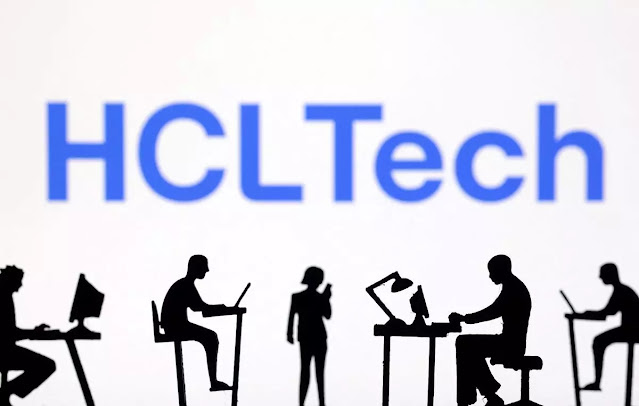In 2024, AI will continue to shape the future of work, driving significant transformations across industries. The influence of AI is undeniable, with its impact felt across various sectors, from healthcare and finance to education and entertainment. However, for workers and professionals, understanding the emerging trends in AI is crucial to navigating the future of work successfully. Here are five AI trends in 2024 that workers need to be aware of:
1. The Rise of AI in Employee Training and Development:
AI-powered platforms analyze employees' skills, preferences, and learning styles to create personalized learning paths tailored to individual needs. By leveraging data analytics and machine learning algorithms, AI can recommend relevant courses, modules, and resources to help employees acquire new skills and knowledge effectively.
2. AI-Driven Automation and Job Transformation:
AI empowers human decision-makers by providing data-driven insights and recommendations. AI algorithms analyze vast amounts of data, identify patterns, and generate predictive analytics to support decision-making processes across various domains, including finance, healthcare, marketing, and logistics. Human workers collaborate with AI systems to make informed decisions faster and more accurately.
3. AI in Enhancing Workplace Safety and Health:
AI is playing a crucial role in enhancing workplace safety and health. Through predictive
analytics and real-time monitoring, AI systems can identify potential hazards and prevent accidents before they occur. Additionally, AI-powered health monitoring tools are being used to ensure the well-being of employees, especially in physically demanding jobs. Workers should be aware of these technologies as they can significantly impact their safety and health at work.
4. Enhanced Focus on AI Ethics and Regulation:
As AI technologies become more integrated into our daily lives, the focus on ethics and regulation has intensified. Governments and regulatory bodies are stepping up to create frameworks and guidelines to ensure the ethical use of AI. These regulations cover a wide range of issues, including data privacy, algorithmic transparency, and the prevention of AI-driven discrimination
5. Mitigating Hiring Bias through AI:
One of the most significant trends in AI is its role in reducing hiring biases. Organizations are increasingly leveraging AI-based tools to create more inclusive hiring processes. These tools analyze job descriptions, evaluate resumes, and conduct initial interviews with an unbiased approach, ensuring a level playing field for all candidates. By minimizing human biases, AI is helping to promote diversity and inclusivity in the workplace.
CONCLUSION:
AI is not just reshaping industries but also the nature of work itself. By staying informed about these trends, workers can better prepare for the changes and opportunities that AI brings. Embracing AI-driven innovations, adapting to new roles, and acquiring new skills are essential steps for workers aiming to thrive in the AI-augmented future.
Compiled By: NEERAJ KHATRI
Source: WSJ





Comments
Post a Comment